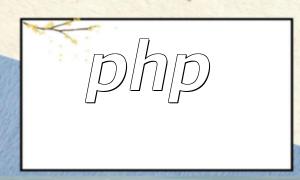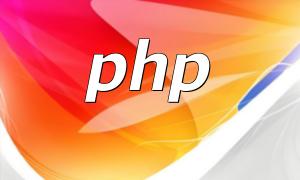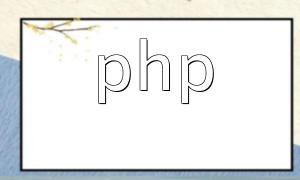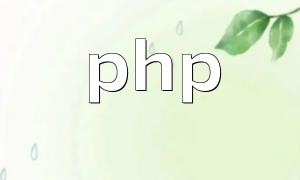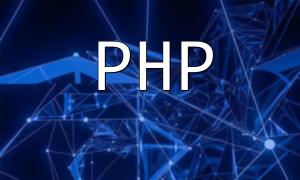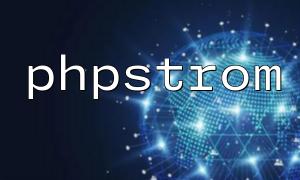PHP is a widely used server-side programming language, while Ajax (Asynchronous JavaScript and XML) allows web applications to communicate with the server without refreshing the page. Combining PHP with Ajax can significantly enhance the interactivity and responsiveness of your web pages.
To build an efficient and scalable Ajax architecture, consider the following aspects:
The following example demonstrates how to fetch data from the server via Ajax and update the page:
// index.php
// Receive Ajax request from frontend
if (isset($_POST['action']) && $_POST['action'] === 'get_data') {
// Retrieve data from database
$data = getDataFromDatabase();
// Encode data in JSON
$dataJson = json_encode($data);
// Return JSON response
echo $dataJson;
exit;
}
// index.js
// Create XMLHttpRequest object
const xhr = new XMLHttpRequest();
// Monitor response state
xhr.onreadystatechange = function() {
if (xhr.readyState === XMLHttpRequest.DONE) {
// Parse JSON response
const data = JSON.parse(xhr.responseText);
// Update DOM to display data
}
};
// Initialize request and send
xhr.open('POST', 'index.php');
xhr.setRequestHeader('Content-Type', 'application/x-www-form-urlencoded');
xhr.send('action=get_data');By following these principles and using the example code, you can build a scalable and efficient Ajax architecture, greatly enhancing the interactivity and user experience of your PHP web applications.

